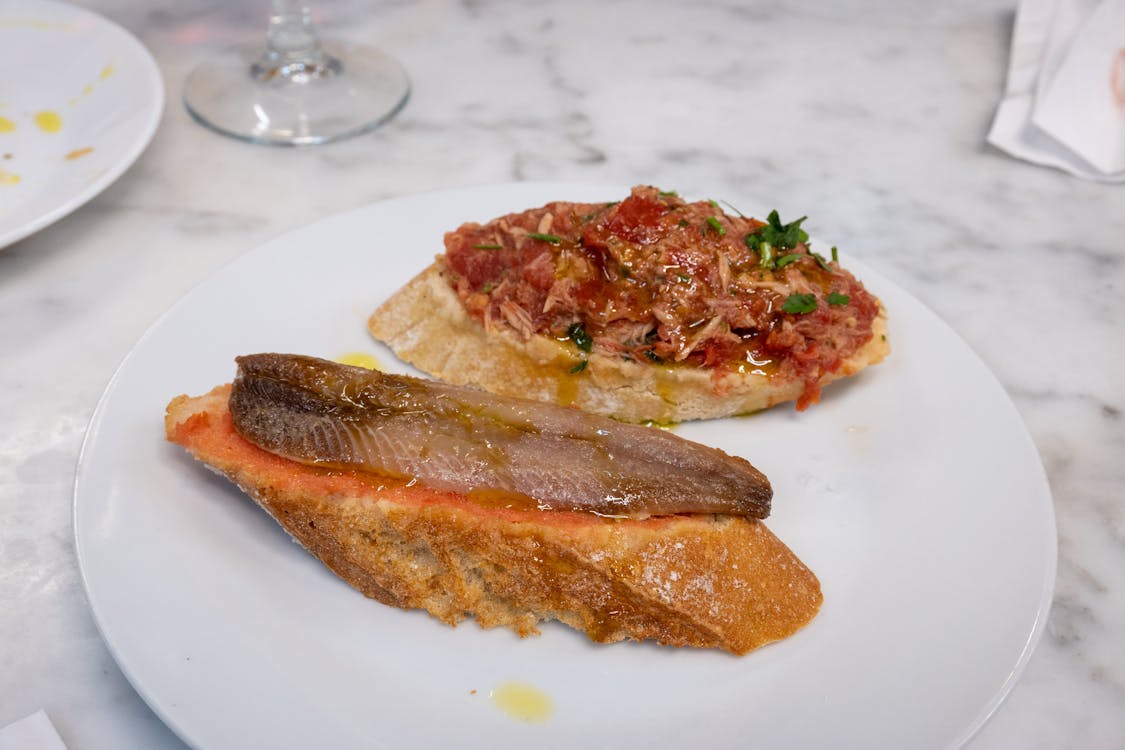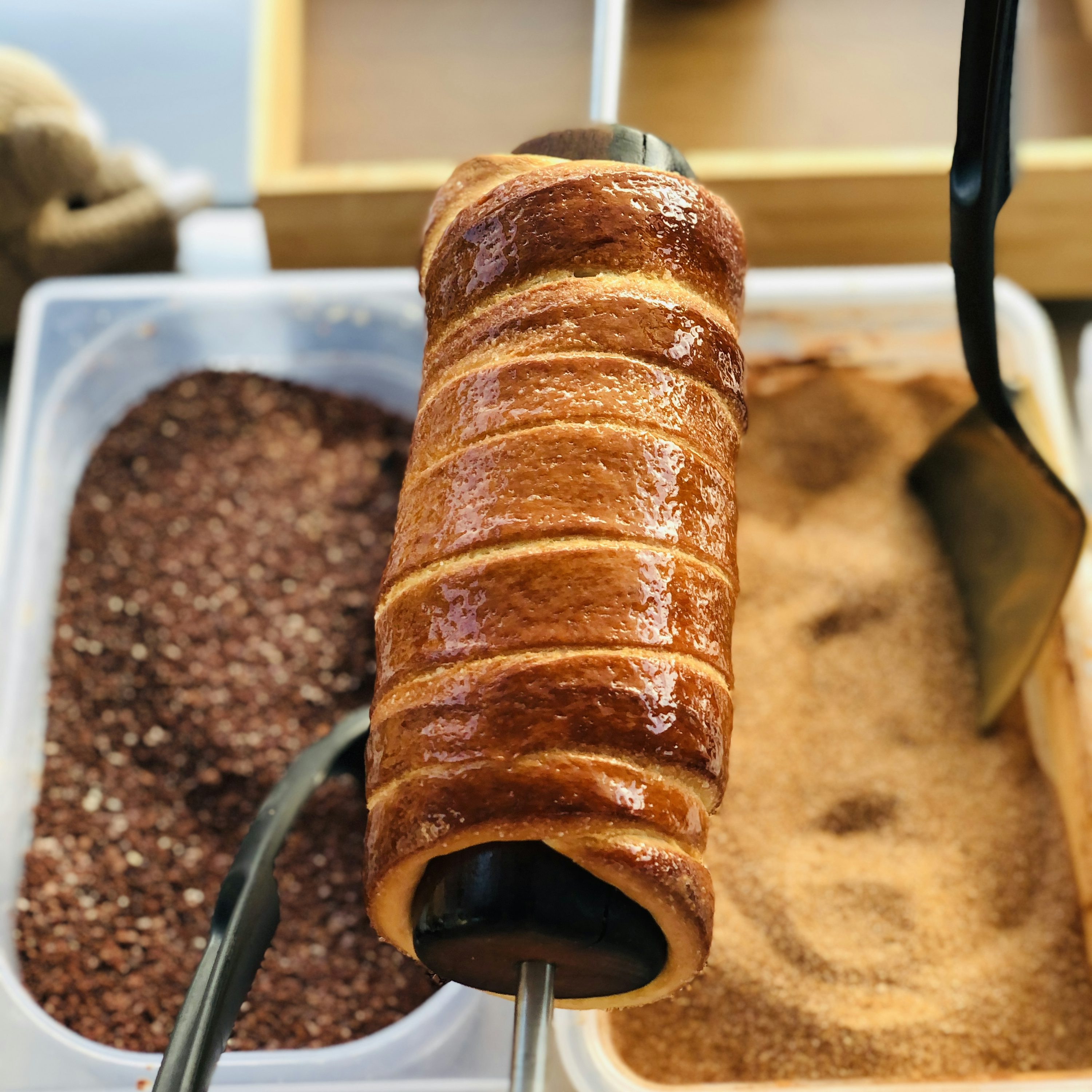Wine and travel go hand in hand, offering a perfect blend of culture, history, and indulgence. Whether you’re a seasoned wine enthusiast or a casual sipper, exploring the world’s finest wine regions is an unforgettable experience. From the rolling vineyards of Europe to hidden gems in the Americas, here are ten must-visit destinations for wine lovers.
1. Bordeaux, France
Bordeaux, France is the Ultimate Wine Lover’s Destination and is home to prestigious wineries like Château Margaux and Château Latour. Here you can explore world-class wine tours and tastings in this historic region.
- Bordeaux has world-class wines and is home to prestigious châteaux and historic vineyards, this region offers a unique tasting experience such as the Cité du Vin wine museum. This interactive wine museum provides multi-sensory experiences, wine tastings from around the world, and a panoramic wine bar overlooking Bordeaux.
- Also, don’t forget the must-visit wineries Château Margaux and Château Latour.
2. Napa Valley, California, USA

Napa Valley is a must-visit Wine Destination in the USA. The Napa Valley features over 400 wineries, including Robert Mondavi. Here you will enjoy top-tier tastings, Michelin-starred dining, and breathtaking vineyard views.
- As the heart of American winemaking, here you can step back in time on this luxury train ride through Napa’s scenic vineyards while enjoying multi-course gourmet meals paired with exquisite wines.
- You can visit wineries like Schramsberg or Del Dotto for intimate barrel tastings inside candlelit wine caves, where wines age in perfect conditions.
- Need to be more adventurous while sipping wine? Hoop on a hot air balloon ride and roll above vineyards at sunrise and toast with a glass of sparkling wine as you take in breathtaking views of Napa Valley
3. Tuscany, Italy

Enjoy Tuscany’s Best Wine Regions such as Chianti & Brunello di Montalcino ,Montepulciano and Pienza. Sip Chianti and Brunello di Montalcino produced in Tuscany’s sun-drenched hills while enjoying breathtaking Italian landscapes.
- You can also explore historic towns like Montepulciano and Pienza. Don’t miss the best fun activity to do which is stomp grapes the old-fashioned way at a harvest festival in Montalcino or Montepulciano, followed by fresh wine tastings.
- Join a truffle-hunting adventure with trained dogs in the forests of Tuscany, followed by a wine-paired truffle feast at a local vineyard.
- Explore the stunning landscapes of Chianti Classico on horseback, stopping for wine tastings at small, family-run wineries.
4. Rioja, Spain

Rioja, Spain is the Best Wine Region for Tempranillo Lovers. This is a must visit Spain’s premier wine region, to enjoy Tempranillo-based reds. It’s also the home to famous wineries Bodegas and Marqués de Riscal.
- Sip on Rioja Reserva wines at the Frank Gehry-designed Marqués de Riscal, an architectural masterpiece blending modern design with traditional winemaking.
- You can also explore centuries-old caves at wineries like Bodegas López de Heredia, where wines age in stone-carved cellars beneath Haro, Rioja’s wine capital.
- Also, you can Taste rare Gran Reserva vintages aged for decades at historic wineries like La Rioja Alta or CVNE, where Rioja’s legendary aging process comes to life.
5. Mendoza, Argentina
Mendoza, Argentina is the Ultimate Destination for Malbec Lovers. Located at the foot of the Andes, this region offers breathtaking landscapes, high-altitude vineyards, and warm hospitality. Don’t miss a visit to Bodega Catena Zapata.
- There are a lot of activities that you can do here such as Wine blending workshops where you can participate in hands-on sessions where you can create your wine blends, gaining insight into the art and science of winemaking.
- Private tastings with renowned winemakers where you can engage in intimate sessions at esteemed wineries like Bodega Renacer, where you can discuss vintages and techniques directly with the experts.
6. Stellenbosch, South Africa
Stellenbosch, South Africa is one of the Must-Visit Wine Regions. You can explore South Africa’s best wine region, known for bold reds and stunning landscapes. Located just outside Cape Town, Stellenbosch is not only known for its bold reds its also known for its scenic vineyards. The region’s food and wine pairings, combined with stunning landscapes, make it a top destination for wine lovers.
- There are memorable activities you can do here such as the Hop-On Hop-Off Wine Tractor Tour and explore eight of Stellenbosch’s premier wine farms aboard a unique tractor tour. This hop-on hop-off experience allows you to enjoy yourself in the Golden Triangle’s viticulture, sampling diverse wines at each stop.
- Another is the Wine Safari at Waterford Estate. Get on a ‘wine safari’ at Waterford Estate, a guided tour through the vineyards that includes tasting wines at various scenic spots on the property.
- Participate in the Stellenbosch Street Soirees, where local wineries and food vendors come together, offering an opportunity to taste a variety of wines and culinary delights in a festive atmosphere
7. Willamette Valley, Oregon, USA
Willamette Valley is the Best Pinot Noir Region in the USA. If you love Pinot Noir, Willamette Valley is a must-visit. With its cool climate and boutique wineries, this region produces some of the best Pinot Noirs in the world.
- There are unique activities to do here such as participating in tours that go through biodynamic winemaking practices, exploring how lunar and cosmic influences are believed to impact vineyard health and wine taste.
- Visit Corollary Wines’ tasting room in Eola-Amity Hills, where modern design meets traditional winemaking, offering a unique ambiance for the wine enthusiast.
- Check out The Arrow Flight at Archery Summit and enjoy a seated tasting in the Tasting House, featuring a flight of single-vineyard Pinot Noir and Chardonnay, all while taking in panoramic views of the Willamette Valley
-
Douro Valley, Portugal

Douro Valley is Portugal’s stunning wine Destination, explore Portugal’s famous Port wine region, Douro Valley. Famous for its Port wine, the Douro Valley offers stunning river views and historic quintas.
- Take a scenic boat cruise and visit iconic wineries like Quinta do Crasto to experience Portugal’s rich wine heritage. Experience the Douro River’s beauty on a boat trip that includes visits to historic quintas. Learn about traditional wine production methods and sample renowned Douro wines.
- Get into the soul of the Douro Valley with a guided visit to Quinta de Santa Júlia. Enjoy tastings of their wines and olive oil, complemented by lunch or a picnic with scenic vineyards.
- Explore the Museum Cellar at Caves Burmester with a guided tour that goes through the Douro Valley’s winemaking history, followed by curated wine tastings.
9. Marlborough, New Zealand
Marlborough, New Zealand is known to be the best Sauvignon Blanc region. Marlborough put New Zealand on the wine map with its crisp Sauvignon Blancs. Explore wineries like Cloudy Bay and enjoy fresh seafood pairings while taking in the picturesque vineyards. Marlborough put New Zealand on the wine map with its crisp Sauvignon Blancs. Explore wineries like Cloudy Bay and enjoy fresh seafood pairings while enjoying the views of vineyards.
- Visit Cloudy Bay’s Marlborough cellar door to taste their range of wines in a unique setting.
- Enjoy an exceptional lunch at Jack’s Raw Bar during the summer, offering fresh, local cuisine.
- Experience guided tours with Hop N’Grape through Marlborough’s vineyards and breweries. These tours offer insights into the winemaking and brewing processes, with opportunities to taste a variety of wines and craft beers.
- You can also discover small, family-owned wineries like Hans Herzog Estate, known for their handcrafted wines and intimate tasting experiences. These boutique establishments offer a personalized insight into Marlborough’s winemaking traditions.
10. Barossa Valley, Australia
Barossa Valley also in Australia, is Australia’s Top Wine Region. Barossa Valley is home to Australia’s most powerful Shiraz wines. Must-visit wineries are Penfolds and Jacob’s Creek for a deep dive into Australia’s winemaking excellence.
- Participate in a hands-on cooking class at Jacob’s Creek, where you can prepare dishes paired with their wines. This interactive experience combines culinary arts with wine education.
- Enjoy a multi-course meal at St Hugo’s Chef’s Table, where each dish is expertly paired with their premium wines. This gastronomic journey offers insight into the art of food and wine pairing.
- Get into a journey through time with a tour of Seppeltsfield’s Centennial Cellar, where you can taste tawny port directly from the barrel of your birth year. This experience offers a deep dive into the winery’s 130-year history.
Whether you’re exploring old-world vineyards or discovering new wine frontiers, each of these regions offers something special for everyone
Ready to plan your wine adventure? Subscribe to our newsletter for exclusive wine travel tips and deals!















